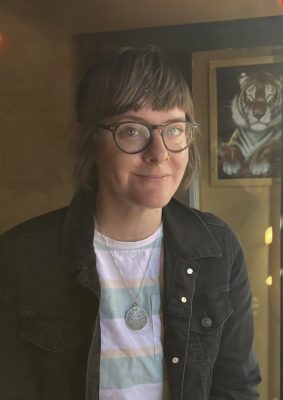“Anemone”: A Surreal, Haunting Return to the Screen for Daniel Day-Lewis in Son Ronan Day-Lewis’s Directorial Debut
There is something electric in Anemone, the new film that marks the long‑awaited return of Daniel Day‑Lewis to acting after an eight-year absence in the first feature film directed by his son, Ronan Day‑Lewis. It feels like a threshold movie, one that straddles multiple worlds. Past and present, real and surreal, familial love and bitter legacy, memory and myth, all come to the forefront in this cinematic experience.
Ronan Day‑Lewis, known for his work in the visual arts, steps into the realm of commercial film with Anemone. He co-wrote the screenplay with his father, who also plays the haunted hermit, Ray Stoker. This is not simply a comeback role for Daniel, but a collaboration with family, anchored deeply in personal history. Day-Lewis’s return is his first screen appearance since Paul Thomas Anderson‘s Phantom Thread (2017), closing a nearly eight-year break. That break, Day-Lewis has said in interviews, was in part a retreat from the public intensity of acting, but when faced with working with his son, the embers of craft, of purpose, and of emotional urgency were reignited.
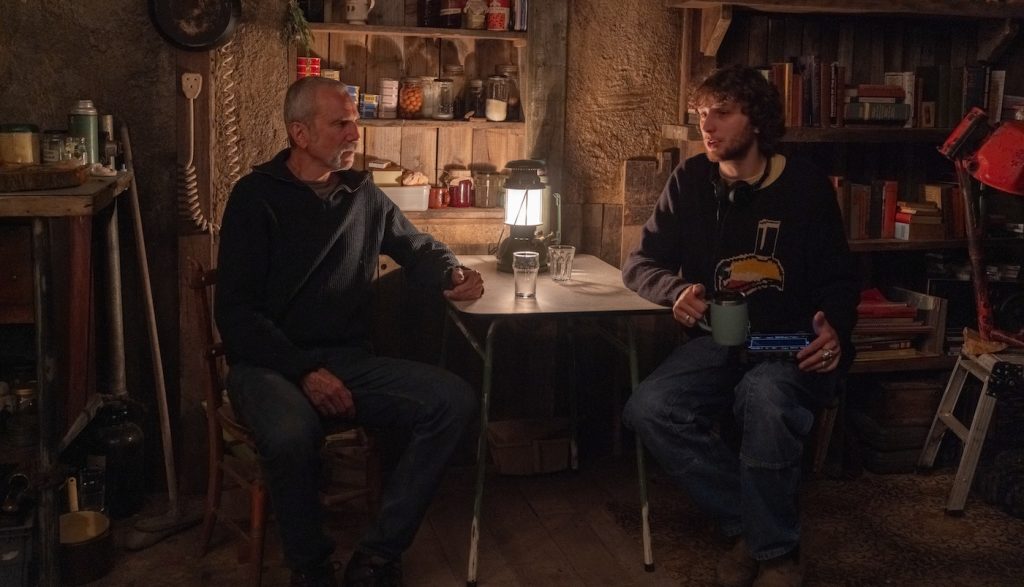
All Rights Reserved.
Anemone’s plot centers on Ray (Day‑Lewis), a man estranged from family, living in isolation, a prisoner of his own trauma. His brother Jem (Sean Bean) breaks from his domestic life to reconnect. Every moment between them picks at the deep emotional scab that has never healed over for Ray. Their familial bond feels like a vestige of another lifetime, one in which political strife, deeply personal trials and tribulations, and respective insecurities are all a terrible dream.
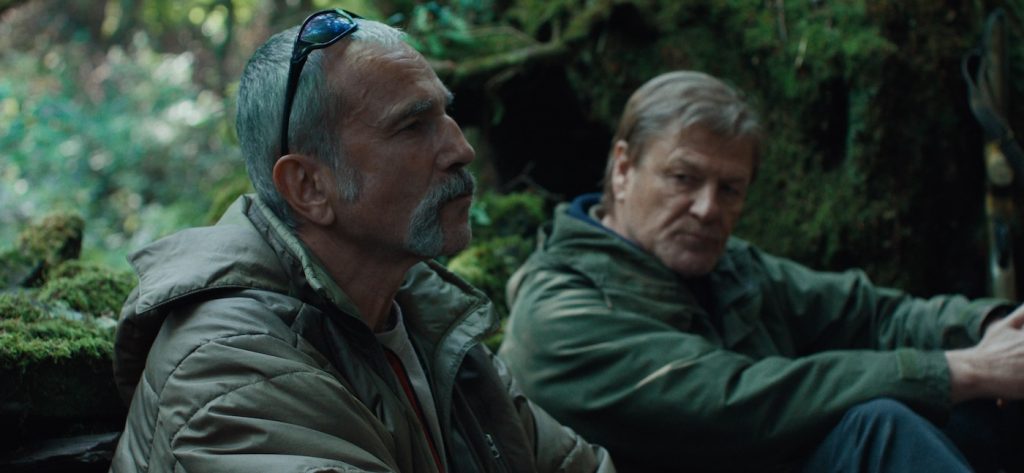
A screening on Tuesday night in New York was followed by a Q&A session with Sean Bean, Daniel Day-Lewis, and Ronan Day-Lewis, moderated by Martin Scorsese. Ronan Day-Lewis revealed that much of the movie was shot in Wales, a landscape that lends itself perfectly to the film’s surreal nature. With its lush, elemental wildness, the director described the challenges of filming in such a location; challenges which ultimately resulted in the dreamy, ethereal atmosphere of the film. Ronan Day-Lewis described to Scorsese one such difficulty of filming on a beach in a windstorm and how the storm affected their ability to shoot, or even see, so filming needed to be done at an adjacent beach in a much smaller location. However, the constraints of shooting that day make for one of the most compelling and beautiful moments in the film. The shots, which had to be tightened to accommodate the new filming location, create a tension in the scene that feels uncomfortably close and personal. And the unexpected gale creates a visual effect on the sand that is so unearthly it forces the viewer to wonder, “Am I watching someone else’s dream?” According to Martin Scorsese, “The elements themselves seem to acknowledge the suffering.”
In fact, the most striking aspect of the film is Ben Fordesman’s cinematography, which creates an untamed emotional texture and elemental backdrop for this deeply personal story. The combination of this with Ronan Day-Lewis’s background as a painter and visual artist bleeds through in almost every frame. The mundane is rendered in a highly saturated, almost otherworldly palette, while our characters remain in blue tones, highlighting the contrast between the lush world of love, fantasy, and illusion, and the banality of living in fear and regret. The combination of the pared-down production process and the vision of Fordesman and Day-Lewis, perhaps serendipitously, brings out the best visual aspects of the film. According to Daniel Day-Lewis, “We didn’t need all the ridiculous paraphernalia required to make movies, which can be such a distraction if you allow it to be.”
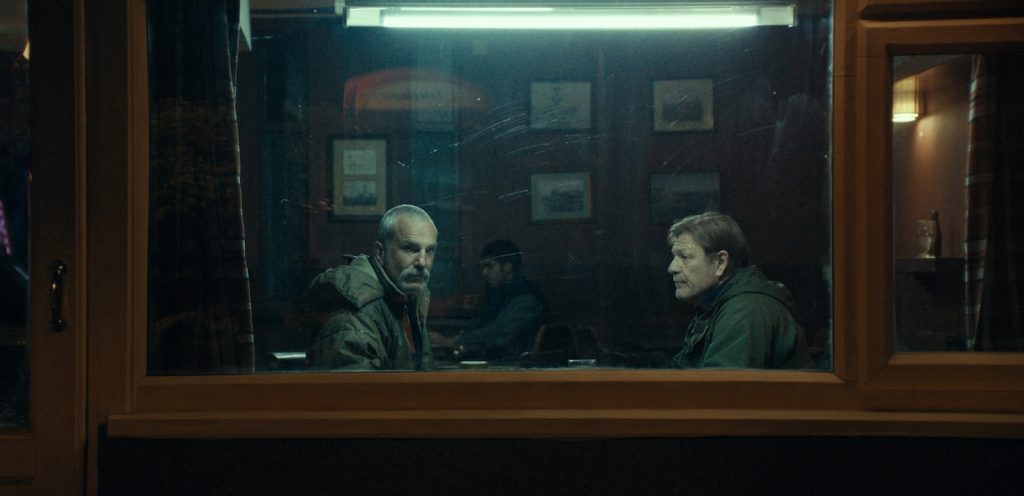
Credit: Courtesy of Focus Features / © 2025 Focus Features, LLC. All Rights Reserved.
Another powerful aspect of the film is its dialogue. Co-written by Daniel Day-Lewis and Ronan Day-Lewis, Anemone ventures into heavy and unrestrained monologues. As the film progresses, we go from Jem’s measured prayer and controlled conversations with his wife, Nessa (Samantha Morton), to Ray’s tearful and explosive recounting of a moment that changed the course of his life. Nessa is stuck in stasis, her son Brian (Samuel Bottomley) in crisis, wrestling with the truth that would unburden her and lead to healing their family, and protecting her troubled son. While Ray spends much of the film wrestling with his traumas, unable to reconcile the truth from his pain, Nessa faces it head-on every day. Despite the disparity of these characters’ emotional states, they are intrinsically connected, and both Day-Lewis and Morton deliver powerful and deeply moving performances that are almost uncomfortably relatable.
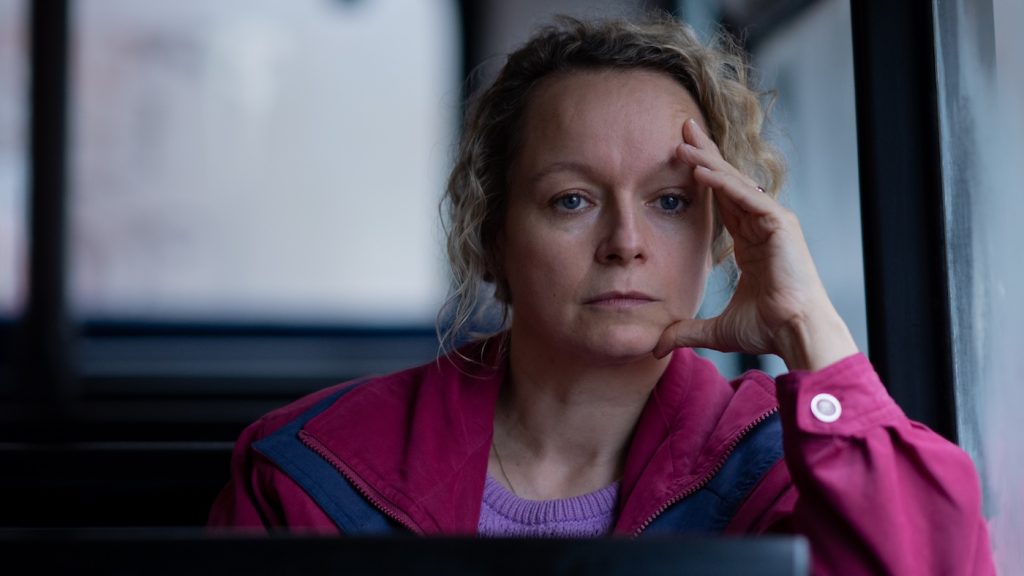
Credit: Des Willie/Focus Features / © 2025 Focus Features, LLC. All Rights Reserved.
Lastly, the film’s score is an emotional element in its own right. Composed by Bobby Krlic, who has scored films including Midsommar, Beau is Afraid, and the TV series Snowpiercer, among others, is responsible for the haunting drone that serves as the background for these characters’ emotional undoings. According to Ronan Day-Lewis, “We were listening to a lot of Shoegaze music from England from the mid-90s that had these angelic vocals but this distorted guitar that the vocals were buried underneath, so that ended up being connected to the repression in the story.” Krlic’s creation perfectly evokes this style, creating a soundscape that feels simultaneously nostalgic and unsettling, mirroring our characters’ pain with the hum of distortion, alluring yet distant, its edges blurred.
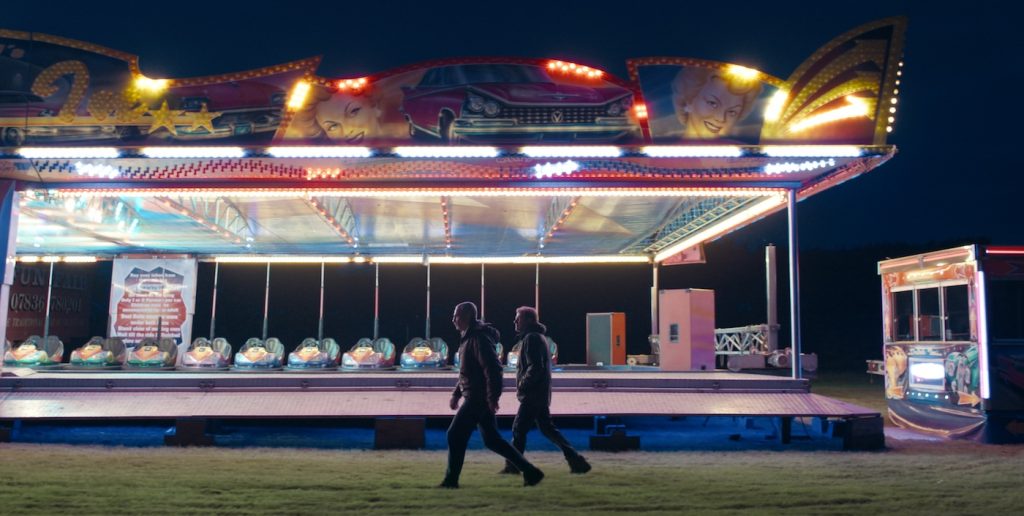
Whatever aspect of filmmaking the viewer is drawn to, there is no denying that Anemone is a deeply personal film and project for its creators. Brother and brother act as a surrogate for father and son in a world where no one feels the security of home or belonging. The dreamy, color-saturated, otherworldly landscape provides a surreal backdrop for the trauma of a youth unprotected. With its haunting score, unparalleled performances, Daniel Day-Lewis’s long-awaited return to film, and an impressive directorial debut from Ronan Day-Lewis, this highly relatable, magnetic, and powerful film promises to be one of the most memorable of 2025. Look for it in theaters on October 3rd.
Featured image: Daniel Day-Lewis stars as Ray in director Ronan Day-Lewis’s ANEMONE, a Focus Features release. Credit: Maria Lax / Focus Features © 2025 Focus Features, LLC. All Rights Reserved.


